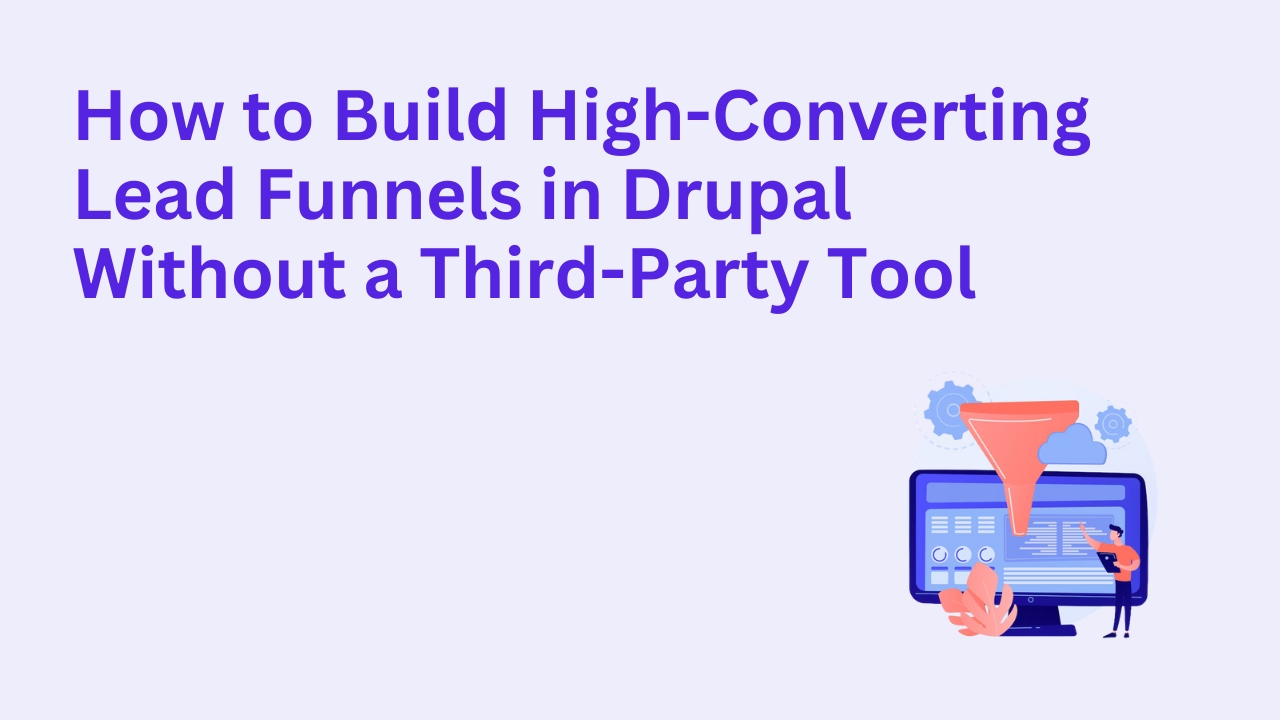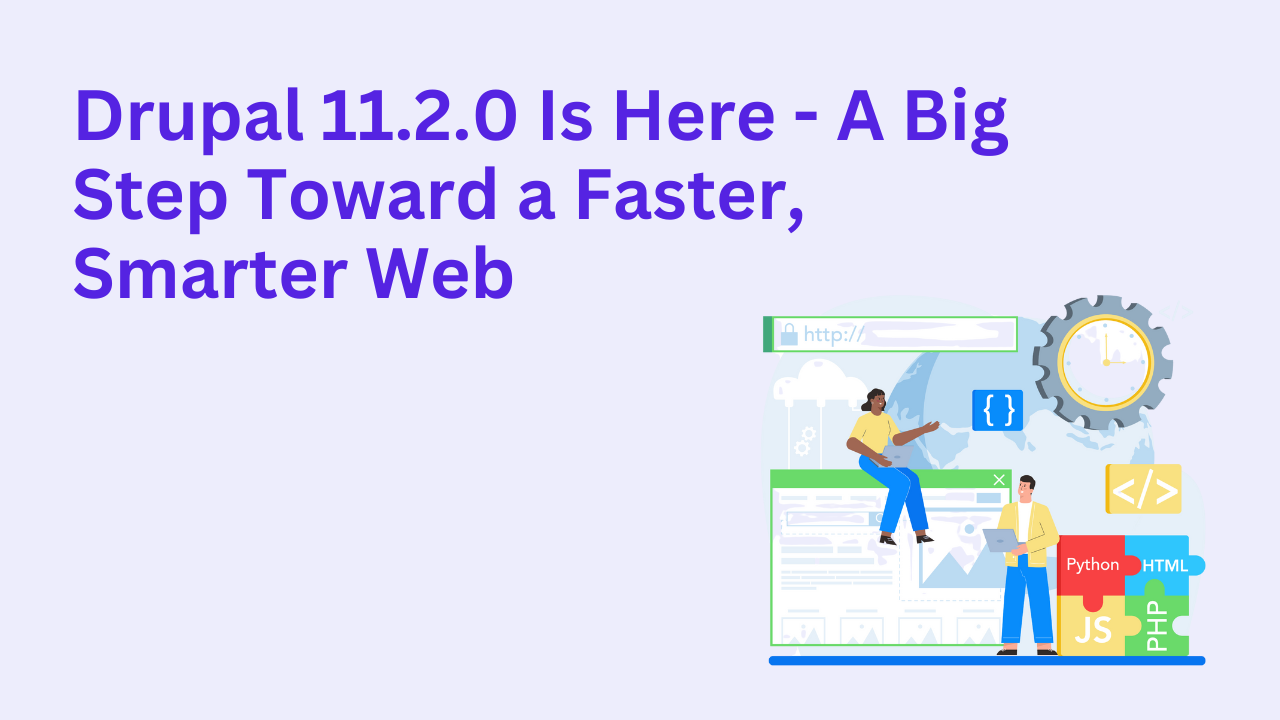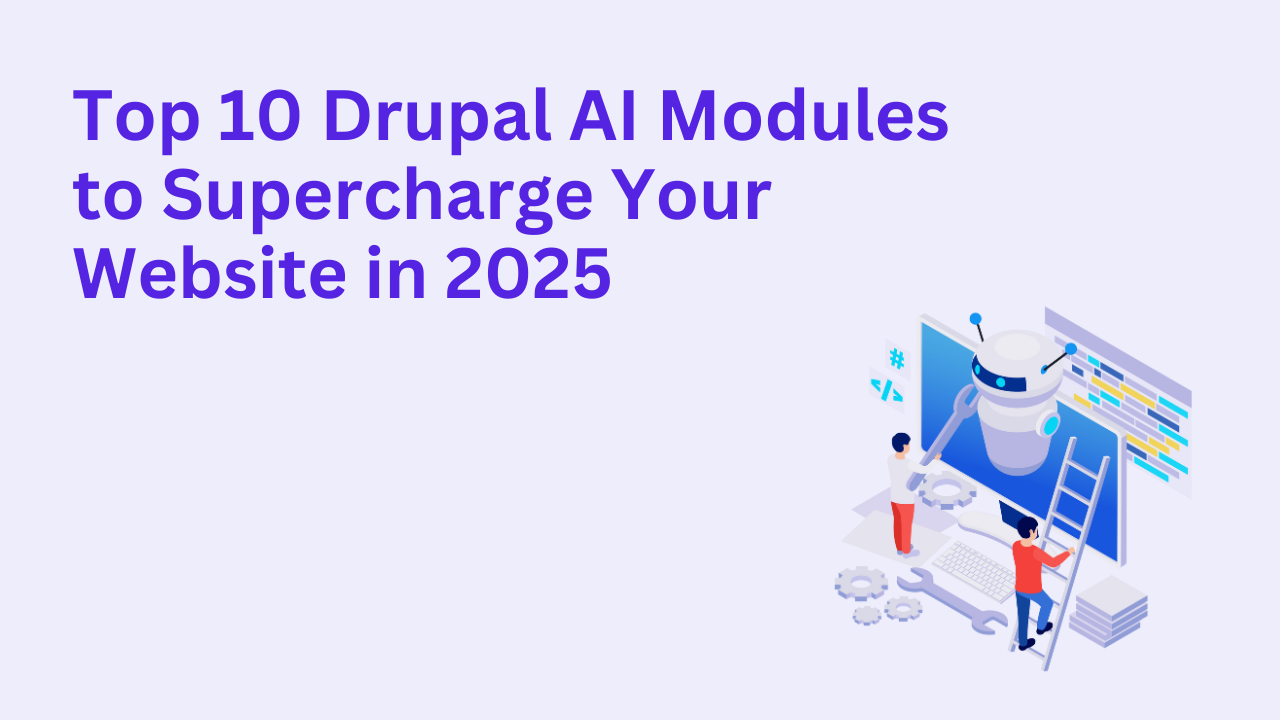How to Build a Drupal-Powered Digital Experience Platform (DXP)

As brands race to deliver personalized, consistent, and omnichannel experiences, the need for a flexible Digital Experience Platform (DXP) is higher than ever. While many enterprises turn to costly proprietary DXPs, there’s a powerful alternative already trusted by organizations like NASA, Pfizer, and the BBC: Drupal.
Drupal isn’t just a CMS it’s the foundation for a modular, open-source DXP that can unify content, users, personalization, analytics, and engagement across every channel.
In this blog, you’ll learn how to build a scalable DXP using Drupal, and how it can replace (or outperform) commercial platforms at a fraction of the cost.
What Is a Digital Experience Platform (DXP)?
A DXP is an integrated tech stack that manages the entire customer journey across:
Web and mobile apps
Social and email channels
Personalized content delivery
E-commerce experiences
Customer data and analytics
Marketing automation workflows
While tools like Adobe Experience Manager or Sitecore dominate the paid DXP market, Drupal lets you build a composable DXP that’s scalable, customizable, and 100% yours.
Why Drupal is a Strong Foundation for a DXP
Here’s what makes Drupal ideal for DXP architecture:
Open-source and highly extensible
API-first for omnichannel delivery (web, apps, kiosks, IoT)
Modular — plug in what you need (not what you don’t)
Built-in user roles, workflows, and access control
Strong multilingual, multisite, and personalization support
Supported by a global ecosystem of enterprise developers
Core Components of a Drupal-Based DXP
Let’s break down what you need to build a true DXP with Drupal:
1. Content Hub
Drupal’s structured content system supports:
Custom content types
Reusable components (via Paragraphs or Layout Builder)
Media libraries
Multilingual versions
Editorial workflows and revisions
You can deliver this content to multiple frontends — headless, decoupled, or traditional.
2. User Segmentation & Personalization
Use modules like:
Smart Content: Show blocks based on user behavior, geolocation, or referral
Profile Module: Extend user profiles with custom fields
Personalize: A/B testing and personalized experiences
Combine with browser cookies or CRM data for deeper targeting
3. Marketing Automation
Integrate Drupal with:
CRM tools (HubSpot, Salesforce, Zoho)
Email marketing (Mailchimp, Sendinblue, etc.)
Webhooks/Zapier for triggering workflows
Custom tagging via Google Tag Manager
You can capture leads via Webforms and sync them into multi-step nurture flows automatically.
4. Omnichannel Delivery
Drupal supports:
RESTful APIs, JSON:API, and GraphQL for headless delivery
Decoupled frontends using React, Vue, or Next.js
Integrations with mobile apps, kiosks, smart TVs, or even voice assistants
Static site generation for edge-delivered performance
Your content becomes portable and future-proof.
5. Analytics & Optimization
Use:
Metatag + Schema.org modules for SEO
Google Analytics 4 integration
A/B testing with contributed modules
Heatmaps and session tracking (via Hotjar or Clarity)
Custom dashboards to track content, user behavior, and conversions
6. Commerce Integration (Optional)
If your DXP includes e-commerce:
Use Drupal Commerce for native capabilities
Or integrate with Shopify, BigCommerce, etc. via APIs
Handle product catalogs, carts, payments, and fulfillment all from one interface
Real-World Examples of Drupal DXPs
University of Oxford: Multisite, multilingual student experiences
The City of Boston: Civic engagement across devices
Weather.com: Massive-scale headless DXP
Mediacom: Personalized customer portals
These organizations use Drupal to serve millions — securely and scalably.
Let Drupalify Build Your DXP the Right Way
At Drupalify, we help enterprises and growing brands build modular DXPs with Drupal that are built to scale.
We handle:
Custom content architecture
API development for headless delivery
Personalization and CRM integration
Editorial workflows and role-based access
Performance, SEO, and analytics setup
👉 Explore Our Drupal Services
📅 Book a Free Strategy Call
Final Thoughts
Drupal gives you the freedom to build your ideal DXP - no license fees, no vendor lock-in, and no compromise. Whether you need content, commerce, personalization, or all of the above, Drupal is ready to deliver.
A well-built DXP doesn’t need to cost a fortune. With Drupal, it just works — on your terms.








